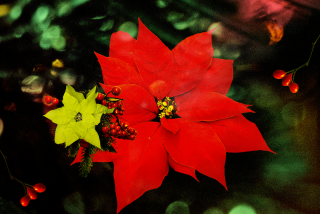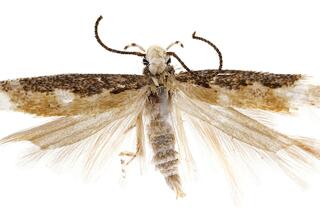ASK THE INDOOR GARDENER : Who Needs Those Fancy Botanical Names?
- Share via
QUESTION: I’m confused about the Latin names for plants. Why is an African violet called Saintpaulia ionantha? Wouldn’t just plain “African violet” adequately describe a violet that was discovered in Africa?
ANSWER: For you and me, yes. But it is a scientific necessity that plants be classified by Latin names since common names differ from place to place and country to country. The subject of plant classification is far too complex to take up in this space, but here’s all most of us really need to know: The Latin names you see represent the family to which the particular plant belongs, the genus, the species and often the varieties, cultivars or hybrid of that particular plant. In other words, African violets are members of the family Gesneriaceae, the genus Saintpaulia, several species, such as ionantha, and thousands of hybrids and varieties, such as ‘Ballet,’ or ‘Eternal Snow.’ The same series of classifications would hold true for every known plant in the kingdom. I hope that clears things up at least a little bit.
Fuchsia Require Work,
But Reward Is Great
Q: This morning at my local nursery I was sorely tempted to buy a gorgeous fuchsia plant to hang in my atrium, but the salesperson discouraged me. He said fuchsias wouldn’t grow indoors. My husband says they can. Who’s right?
A: Technically, your husband. Fuchsias can be grown indoors. But they’re very temperamental and don’t make the transition from outdoors to indoors all that well.
Your best bet to success with fuchias is to start with small plants in 4-inch pots, put them in an eastern window so they get three or four hours of strong sunlight a day without the heat of a western or southern exposure, and keep the humidity as high as you can by placing the plants on a pebble tray and spraying daily.
Keep the soil moist with regular watering, and feed once a week during the spring and summer with a good liquid houseplant food. Comes winter, when they go dormant, cut your fuchias half-way back, stop watering and feeding, and store them in a cool, dark place. All the leaves will fall off and the stems will become very woody, but fear not--come spring, move the plants back to their sunny window, begin watering and feeding again, repot them into fresh soil as soon as new growth appears, and if you’re lucky they’ll bloom anew.
It’s a bit of a tedious process, but when your plants produce a new set of brilliant, hanging earring-like flowers you’ll be amply rewarded for your trouble.
Aspidistra Chosen
for Dark Entry Hall
Q: I recently came across a plant that the nurseryman told me was an Aspidistra. I wanted a plant for a darkish entry hall and this was the one he recommended. Any tips on how to keep it thriving?
A: The common name for Aspidistra elatior is “cast-iron plant,” which ought to give you some idea of its hardiness. It’s earned its nickname through hundreds of years of durable, dependable indoor growing--with minimal light, water and care. Although they grow slowly, aspidistras will get up to three or four feet tall. Their erect, slender stems bear long, dark green oblong leaves. Once the most popular of houseplants, Aspidistras are difficult to find these days, so you were smart to grab one. There’s also a variegated variety painted with creamy stripes that’s really pretty. If you see these, grab two!






